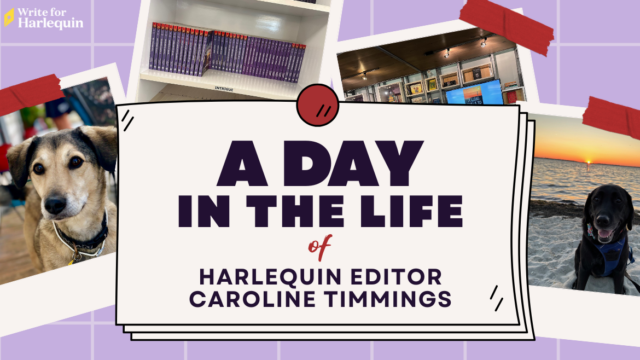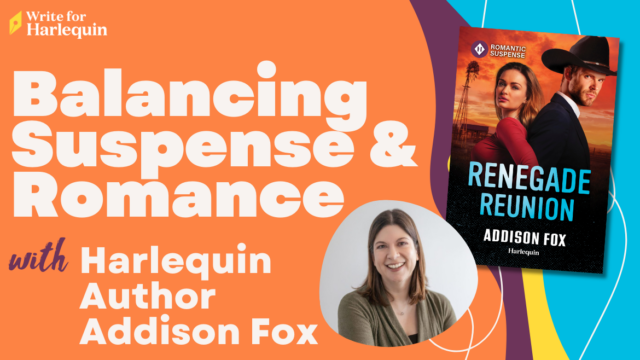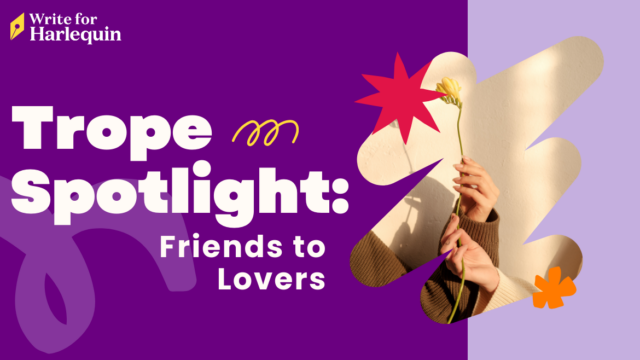This post is republished from the So You Think You Can Write archives from 2016, written by former Presents Editorial Assistant, Grace Thiele.
Well hello there! Today I’m writing to you all with rare London sunshine streaming through the windows, so I hope that wherever you’re reading this, you’re enjoying beautiful springtime weather!
This time round I will be discussing planning. Now there are many different ways to approach this. Even the most successful authors in the world have completely different strategies: JK Rowling had every detail of the Harry Potter series planned out in rooms filled with notebooks, while Stephen King (whose books span between 400-500 pages), absolutely swears against it, and writes everything as it comes to him. If anything, this proves that you have to do everything to suit your own style. There’s no such thing as a Golden Rule.
Honestly, the idea of writing on the spur of the moment terrifies me. When I write in my own time, without any planning, I dig myself into inescapable plot holes. But for me, too much planning takes all the joy out of the actual writing. But that’s just me – when it comes to Harlequin authors, they differ as vastly as King and Rowling. I’ve heard editors say that some write romantic brilliance purely from the inspiration of the moment, coming up with fantastic, glamorous stories that sweep you away because of their utter spontaneity. Others, however, will know exactly what their story is, and be able to write a synopsis with every plot detail, before they sit down to the book itself. For them, having the plot completely worked out gives them the freedom to explore the characters’ personalities and emotions later on.
Now, some of this depends on what you write. If you write historical romances, then some degree of planning might be a good idea – especially if you’re working with real historical events that can’t be switched around. In such an instance, I would suggest having a carefully structured plan of those indispensable details, with key touching points where the story of your characters brushes with real history. Don’t be afraid to take creative license within that if it suits you to, but bear in mind that Harlequin Historical editors really value a degree of accuracy. To a lesser extent, this might apply to researching for Medical Romances with relevant procedures, or glamorous Presents-type worlds. Research into either of these might need a little more planning to bring it all together.
Honestly, though, if there’s anything I’ve learnt in my months at Harlequin, the best advice is to know yourself. If the idea of writing a plan fills you with dread, and all you really need is a jumping-off point to get started on a story, then go for it! Let your creativity run free, and enjoy the process of discovering where your imagination leads you. Anything you type up can be reshaped later, and there’s nothing wrong with rewriting. You can’t edit a blank page!
If, however, you think you need a bit of structure laid out before you start, you should follow your instincts. Maybe start with a bullet-pointed plot summary and rough outline of the hero and heroine’s names, personality traits and appearances, with a few backstory details laid out. You might want to use Pinterest to build up an idea of setting and characters’ appearances – lots of our authors do, and it might help you to visualise the story and immerse yourself in your characters’ world.
I would suggest, though, that you only do as much as you need to begin writing happily. You don’t want to get bogged into the details, otherwise you risk losing all excitement for the story, and while Ms. Rowling might be (in my opinion) a true great, Harry Potter totalled over a million words. The word count for a Harlequin story is between 50,000 and 75,000 words, so in all likelihood, you won’t need rooms for all your notebooks!




